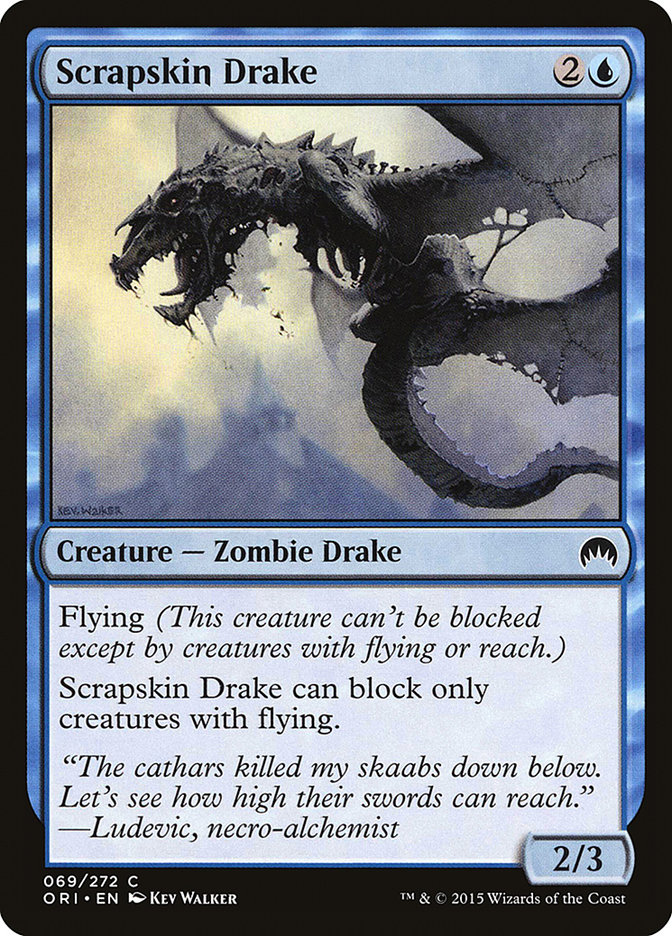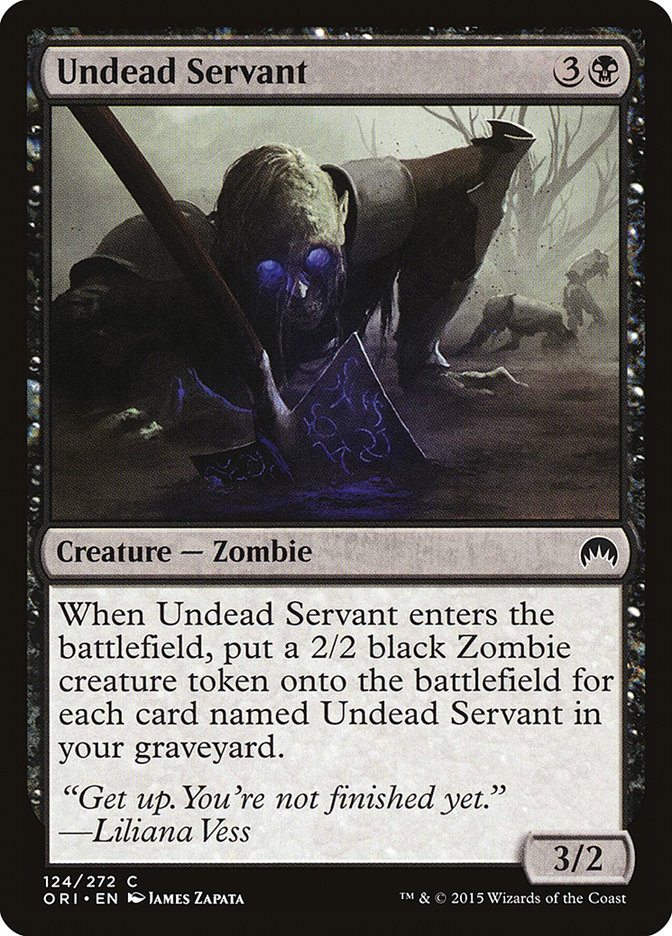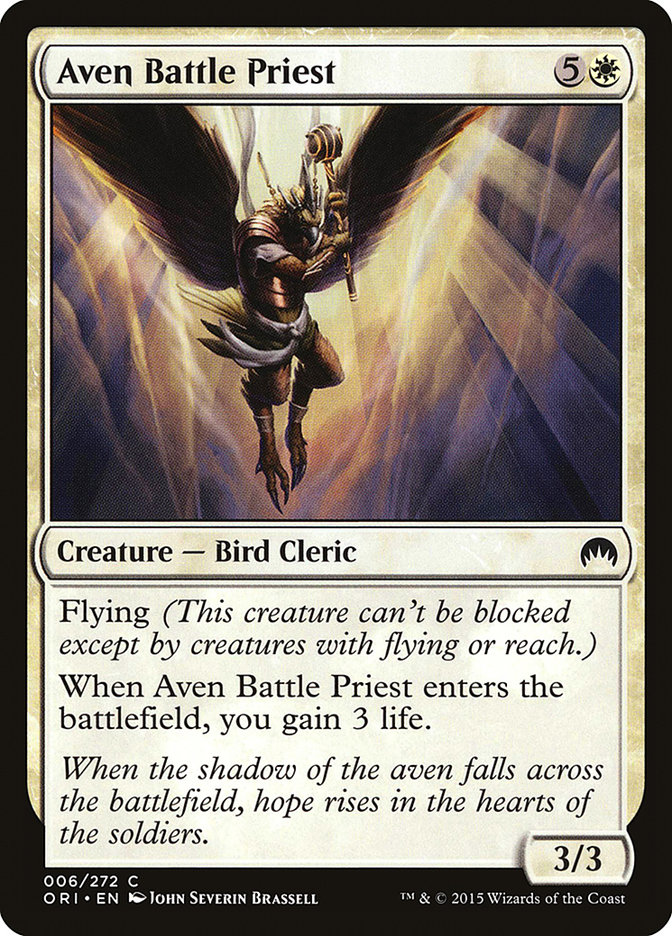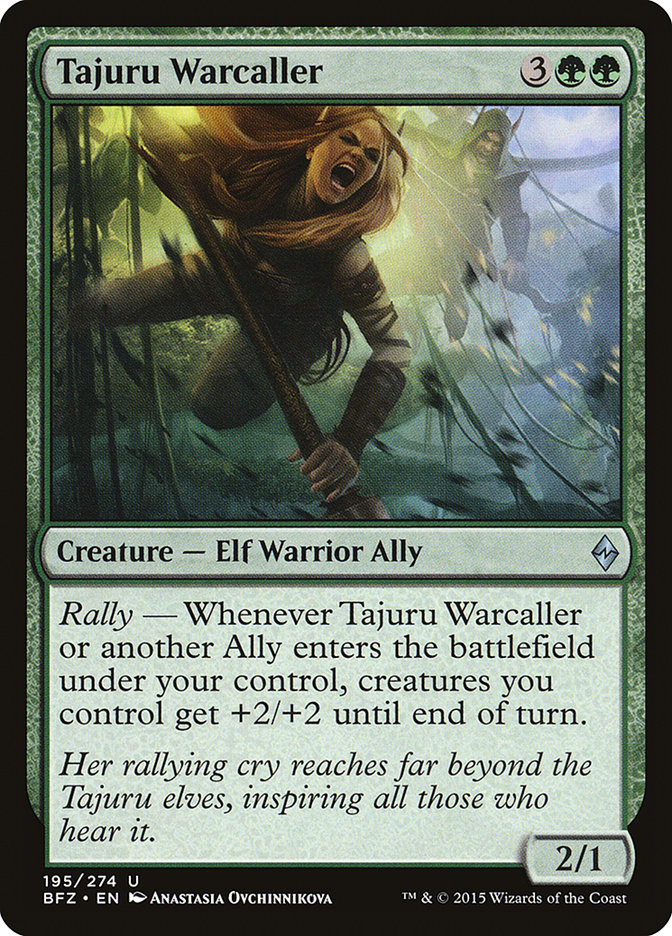When I was growing up, I played a lot of cards. The big games for my family were Euchre and 500, a sort of half-way game between Euchre and Bridge that is so good it makes
Euchre a difficult game to enjoy. Games were a big part of my family, and I grew up playing a lot of them. Risk, Survive, Stratego. All of these things
were popular, but the big games at family gatherings were card games.
My grandfather was the one who taught me Cribbage.
I think all of the card playing that happened at family gatherings had a distinct effect on me as a Magic player. But, being about six, out with my
grandfather and learning Cribbage over lunch–I have to imagine that had a huge effect. When you play a game for a very long time, it can be easy to
internalize a lot of it.
I haven’t played some video games in years, but I still remember patterns and secrets of several. The ones I played the most, like the first Silent Hill, I can even remember the creepy sounds from certain scenes. Other games, like R-Type, I can remember what is going to come at
me from where in the early boards, but in later boards, I forget the patterns. Even though I’m rusty at both, I’ve played them so much, some of the lessons
are in me, even if I don’t always execute the moves I need to perfectly.
So it is with Cribbage. I’ve played it a lot, and for so many years, even when I haven’t played for months, I can get into the swing of it, and that
question of pacing always comes up in every game.
Pacing is also an important thing in Magic.
Things are not simultaneous. One player starts. They take their turn. Then the next player does the same. The moments when both players in a game are able
to interact directly at the same time are actually startlingly few, and some decks, be they Limited or Constructed, are actually interaction poor.
Moreover, there is no moment in the game when both players are attacking. One side has the choice to attack (and with what), while the opponent
must wait to do the same.
If you are the only one with a creature, usually the choice is easy: attack. The choice is often easy in other situations.
Without some help, these two creatures couldn’t get into combat with each other if they wanted to. Barring a decision to play around certain removal or a
desire to have a blocker for a potential creature with haste, if you have one of these creatures and your opponent has the other, you’re both very likely
to just be attacking each other without any real alternative option.
The speed with which the game is progressing, the pace, is set. One player is doing three a turn, the other is doing two. A quick look at life
totals will tell us who will arrive at the finish line before the other.
You and your opponent are in a strange vehicle where you can both put your foot on the gas; do you want to speed up the game, or do you want it to go
slower? You each have some control over this. And which you do can depend entirely on where you see your position in the game.
In Cribbage, like in Magic, there is turn-taking. In Magic, on our turn, one of the things we can do is attack. In Cribbage, one of the things you can do
is score points.
I don’t even have to tell you the rules of the game, but when you look at this picture, I bet you can answer the question.
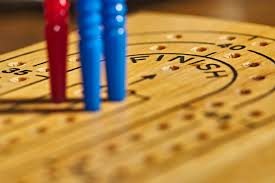
Getting two points in Cribbage is fairly easy. If you are Blue and you can’t score any points right now and you need only one point to win but Red has the
next play, do you make a play that makes it easier or harder to score points?
It’s a very simple situation, but expanded out to more complicated situations–like we see in Magic–what is the role we’re in? All things being equal,
will we win a race? Or will we lose it?
Let’s go back to that example:
Pretend that we’re late in a game of Magic Origins Draft. Both players are empty-handed, graveyards are stocked with goodies, and the Scrapkin
Drake player draws:
Now, there is a question mark. The Scrapskin Drake attacks. But on the Undead Servant player’s turn, does Aven Battle Priest–a card that is definitely
better once it is on the battlefield and all other effects are already out of the picture–does it block?
If you’re the Aven Battle Priest player and you’re now at, say nine, and your opponent is at ten, they are threatening to first take you to six (you take
them to five), then to three (and then you return the attack and they’re dead). But what if you know that their deck has at least two Act of Treason, and
you haven’t seen one yet.
On the other hand, you also remember that they have several Nantuko Husk, and you haven’t seen those either.
If they have drawn a Husk, you’ll know after combat, and they’ll have five power on the table. If you draw nothing, even a single creature on the next turn
will spell either your doom or the death of the Aven (in exchange for their worst creature). If they don’t draw a creature, however, you’ll have them dead
in the air, again barring them having drawn something.
The permutations involve all of the cards that you both have left in your decks.
You’re at a crossroads in the game, and you might very well have your fate in your hands in this moment.
A part of the reason Who’s the Beatdown by Mike
Flores remains a classic over fifteen years later is that the fundamental ideas he laid out are relevant to understanding how to control pacing.
“Misassignment of Role = Game Loss”
This is still true.
Any two piles of cards will fundamentally have someone who is “the beatdown” (the aggressive role) or “the control” (the defensive role). However, games of
Magic can be more fluid than that. As the specific draws of each player and their respective choices interact, a more controlling deck can end up in a very
different, more aggressive role, and vice versa. Yes, we assign a role, but we aren’t locked into it for an entire game necessarily; we have to pay
attention to the strategic
moment.
As the game sits now, do you expect to win a long game? Keep the game slow. As the game sits now, do you expect to win a short game? Put
the foot on the gas. I add the caveat “within reason” to both of these, because you can do one or the other of those plays completely foolishly. By way of
example, if you are a controlling deck and you make a trade to slow down the game, if you aren’t under duress, keeping around a powerful card is probably
better than trading it away. Conversely, if you are an aggressive deck and you fear mass removal, you can try to speed up the game by just exploding onto
the board, but if you don’t need to, holding some cards in reserve can also be a better play even if it isn’t going as fast as possible.
The concepts of “Who is The Beatdown” and “The Strategic Moment” aren’t things that have gone away.
At Pro Tour Battle for Zendikar, after a little bit of back-and-forth, the board was nearly clear, and I dropped a Wave-Wing Elemental onto the battlefield
versus a Pilgrim’s Eye. On their next turn, my opponent dropped a Kor Bladewhirl and a Sandstone Bridge, but didn’t attack.
I cast Brilliant Spectrum for three, dropped a land, and thought. Do I attack or not?
My life total was a relatively high one: sixteen. I had a single other land in hand, and I’d drawn into a Bane of Bala Ged. I couldn’t cast it this turn,
but two attacks with the Wave-Wing Elemental would be worth ten damage, and Bane plus Wave-Wing could get in the last points, forcing a block.
It didn’t look like a crossroads in the game, but it was one.
I made the attack for five with Wave-Wing Elemental and passed the turn.
Disaster.
With the Tajuru Warcaller, my opponent wasn’t going to come in for three, but was going to come in for seven instead!
Over the next several turns, I did quite a bit to battle my opponent. I dropped the Bane of Bala Ged. They cast Smite the Monstrous on it. They deployed
more creatures, and I dispatched them, nearly on the brink of death. I maneuvered the game to the point where I was about to turn the corner. Wave-Wing
Elemental was long dead, but Felidar Sovereign was on the battlefield and things looked locked up.
Then with their remaining final turn they cast Touch of the Void, exactly enough to kill me. He was at fifteen, still, the only wound being that one
attack.
I slumped and extended the hand. Later, I would look over my deck and think about this match.
Creatures (12)
- 1 Felidar Sovereign
- 1 Deathless Behemoth
- 2 Bane of Bala Ged
- 3 Courier Griffin
- 2 Fortified Rampart
- 1 Ghostly Sentinel
- 1 Stone Haven Medic
- 1 Wave-Wing Elemental
Lands (3)
Spells (25)

While I would discuss the play with many people and get many different answers, looking at the specific decklist, I definitely shouldn’t have attacked.
Even though I was losing out on the two “free” damage from the land, if I’d held back, I would have avoided the three damage from the pumped up Pilgrim’s
Eye at the very least. It’s quite possible that he would have skipped attacking altogether and deployed other creatures than his Warcaller. Either way,
though, my deck had five cards that actually gained life, and it had an endgame that would be hard to beat.
I thought I could put a little pressure on now so that later I could take advantage of that pressure. If, for example, I had already had the Bane
of Bala Ged in hand, it might have actually been quite reasonable to have attacked. Perhaps, if I’d had it, the momentum of the game had swung, and I would have become The Beatdown.
But instead I spent the turn doing nothing to develop the board. I didn’t have a choice in that matter. I did, however, have the choice to send in the
Wave-Wing.
In dramatically different fashion, I was playing in a Modern event slinging this cool little number from this last weekend:
Creatures (29)
- 4 Kabira Evangel
- 4 Kazandu Blademaster
- 4 Oran-Rief Survivalist
- 4 Akoum Battlesinger
- 4 Hada Freeblade
- 2 Lantern Scout
- 4 Expedition Envoy
- 1 Firemantle Mage
- 2 Kor Bladewhirl
Lands (19)
Spells (12)

I was on the play, and I opened up with Aether Vial. My opponent, on the other hand, started aggressively out of the gate with Monastery Swiftspear.
On the next turn, my only land in hand was a Sacred Foundry.
On turn 2, I was already at the crossroads.
Against any other deck, this might not be a moment of crossroads. If you know Burn, though, you know just how horrifying it is to deal damage to yourself
so early.
My hand was five Allies:
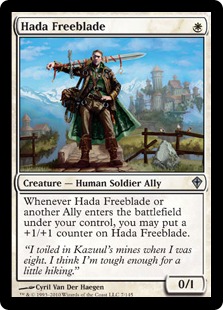
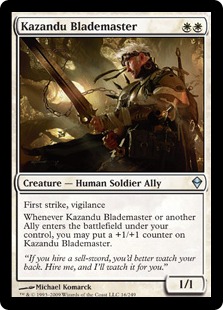

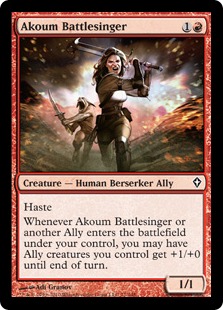
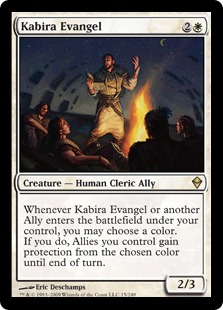

Burn is normally the beatdown. With this draw, though, I felt pretty good with the idea that it was likely I was the beatdown. I dropped the
Blademaster and passed the turn.
My opponent disagreed about who was the beatdown, dropped a second Monastery Swiftspear, and came in.
We both had good draws. We both came to that crossroads. And we both decided, in essence, diametrically opposing things when we each thought we were the
beatdown. Searing Blaze made it close, but in the end, I won at exactly one life, needing him to miss a spell on his final turn of the game.
I thought about that game today when I was going over the Limited match from #PTBFZ. They both involved taking an aggressive route. One ended in a
surprising loss, and the other in a victory so narrow it wouldn’t have taken much for it to be a loss.
In that game at #PTBFZ, I sped up the pace and I lost for it. That game online, I sped it up and I won. It wasn’t the winning that was the real difference
in the two games, though.
In that game online, I was considering whether or not that moment was a crossroads in the game or not. In that game at the Pro Tour, I didn’t even consider
that the game might be a crossroads.
And that makes all the difference.


